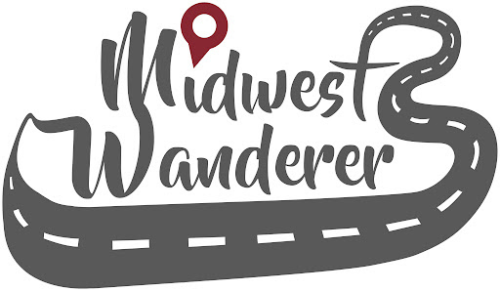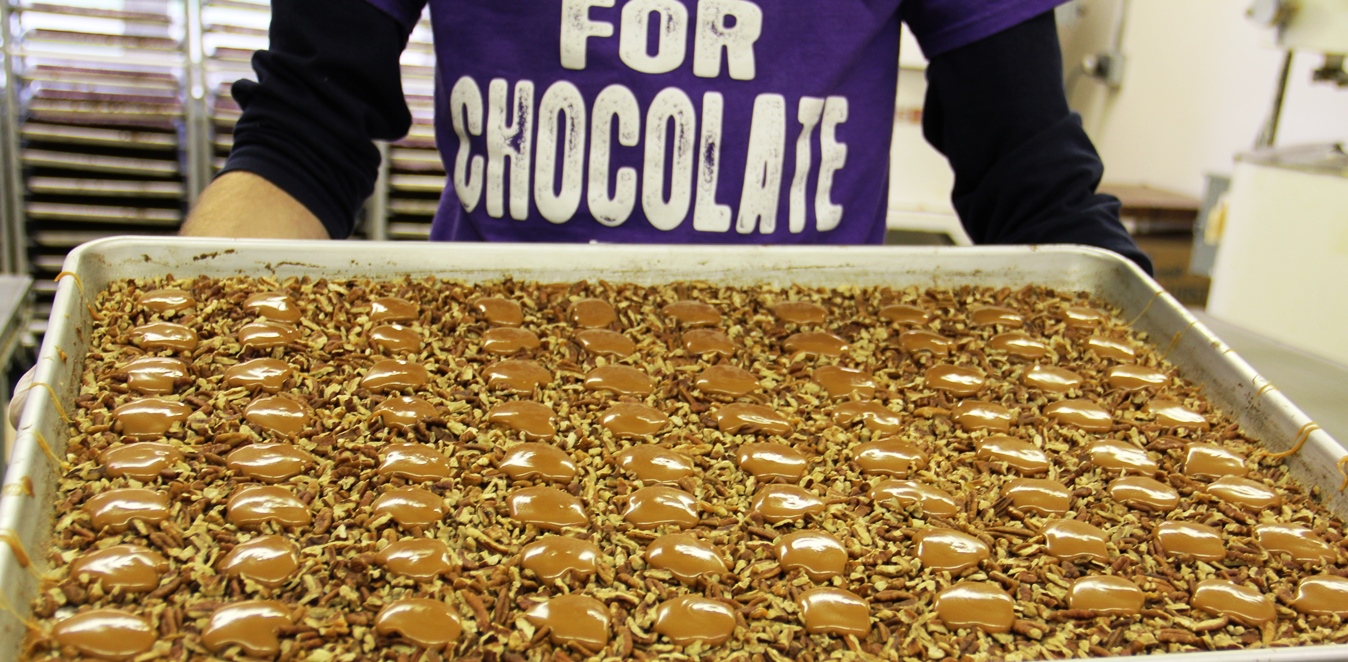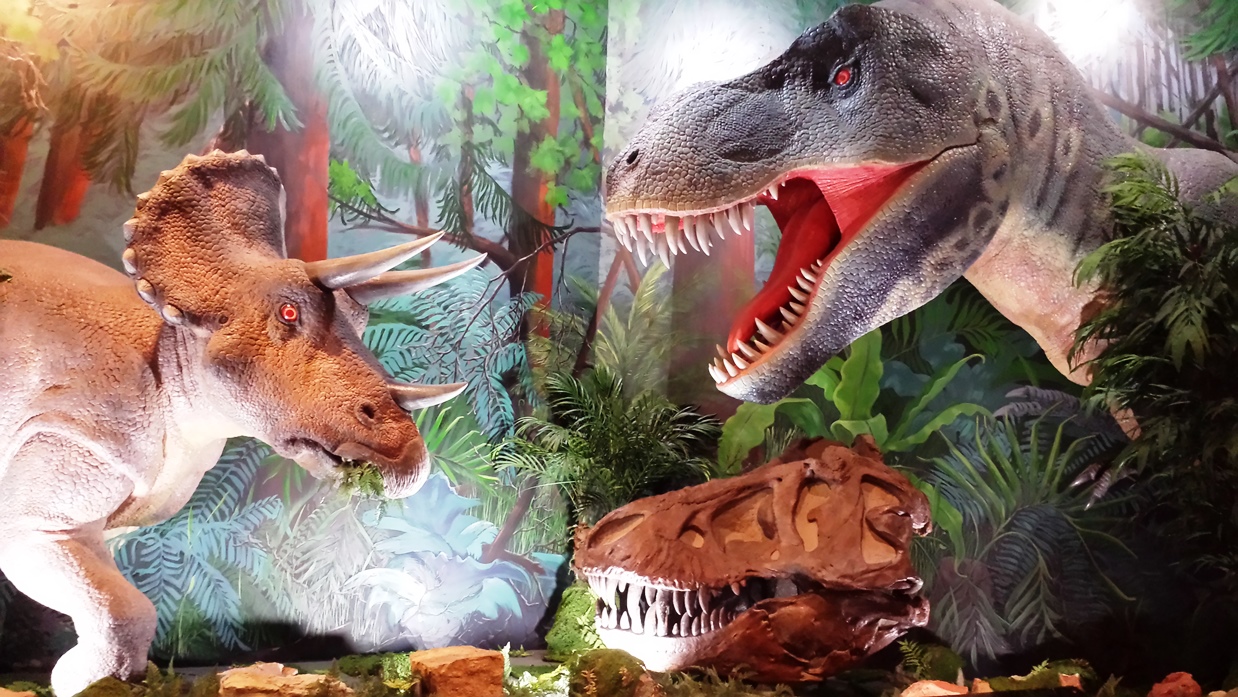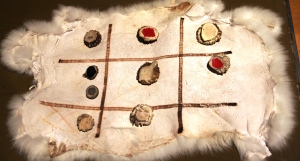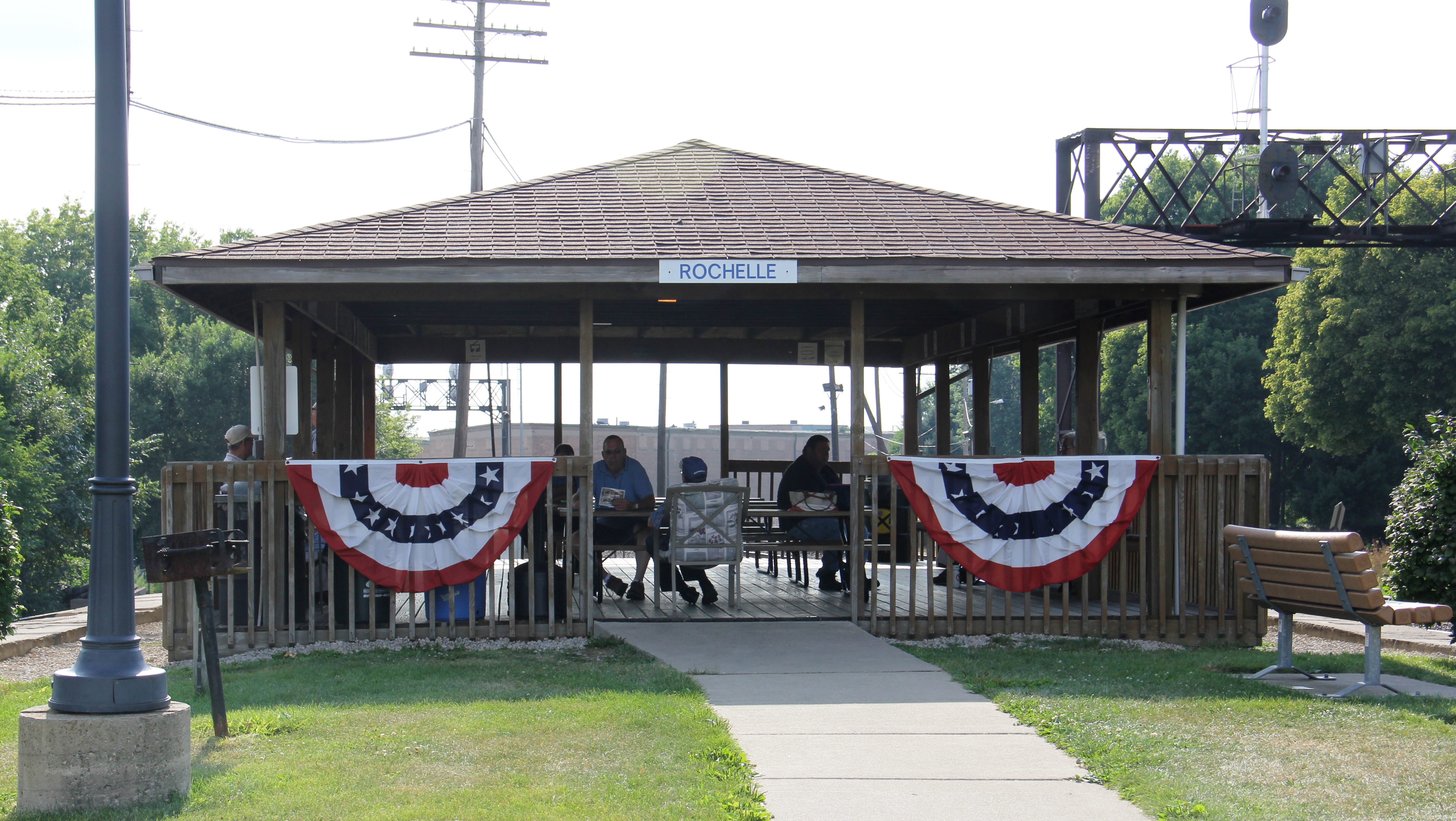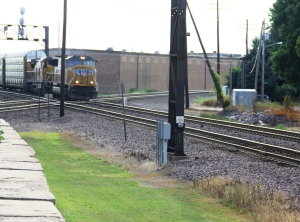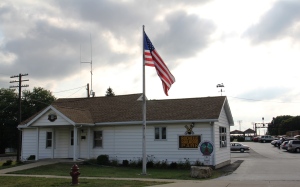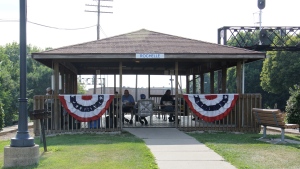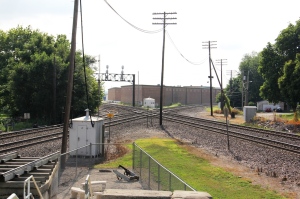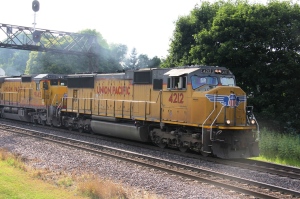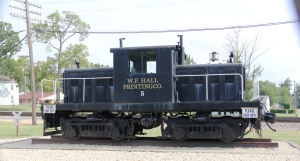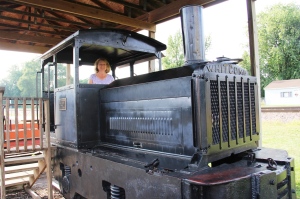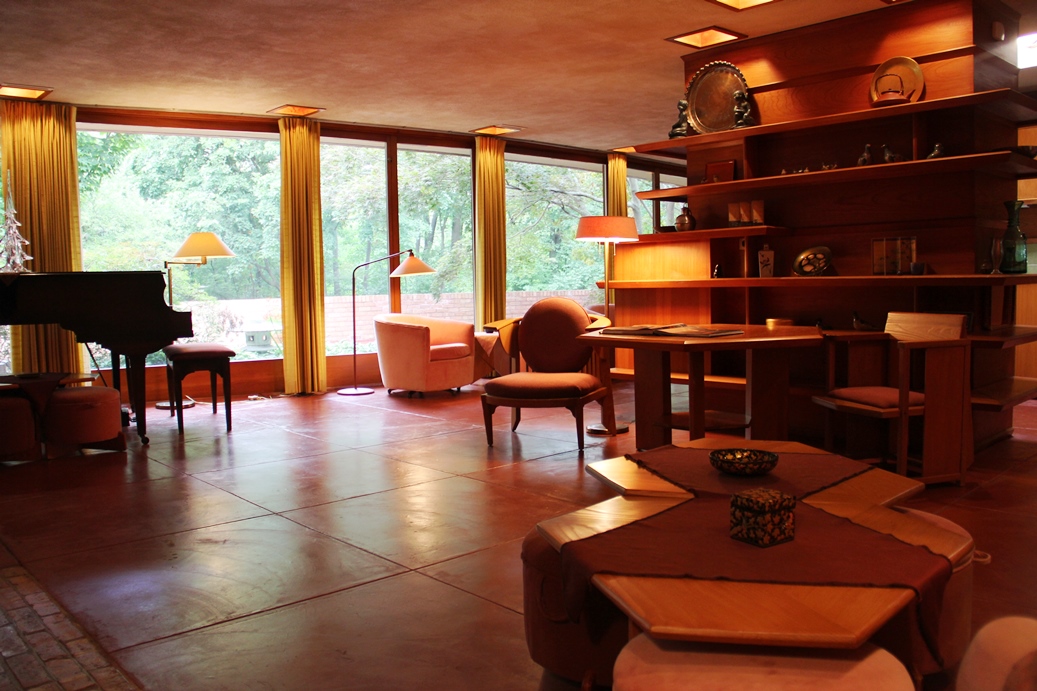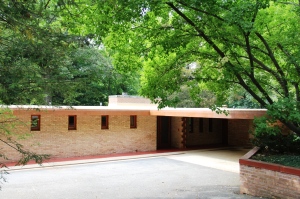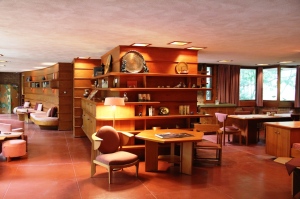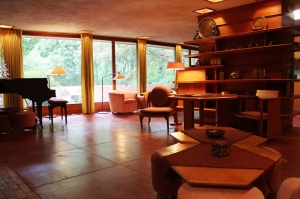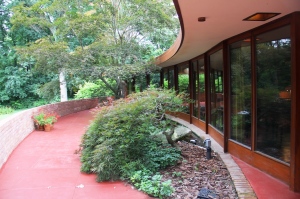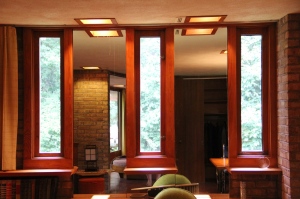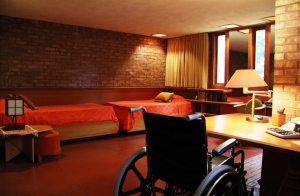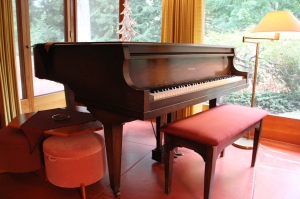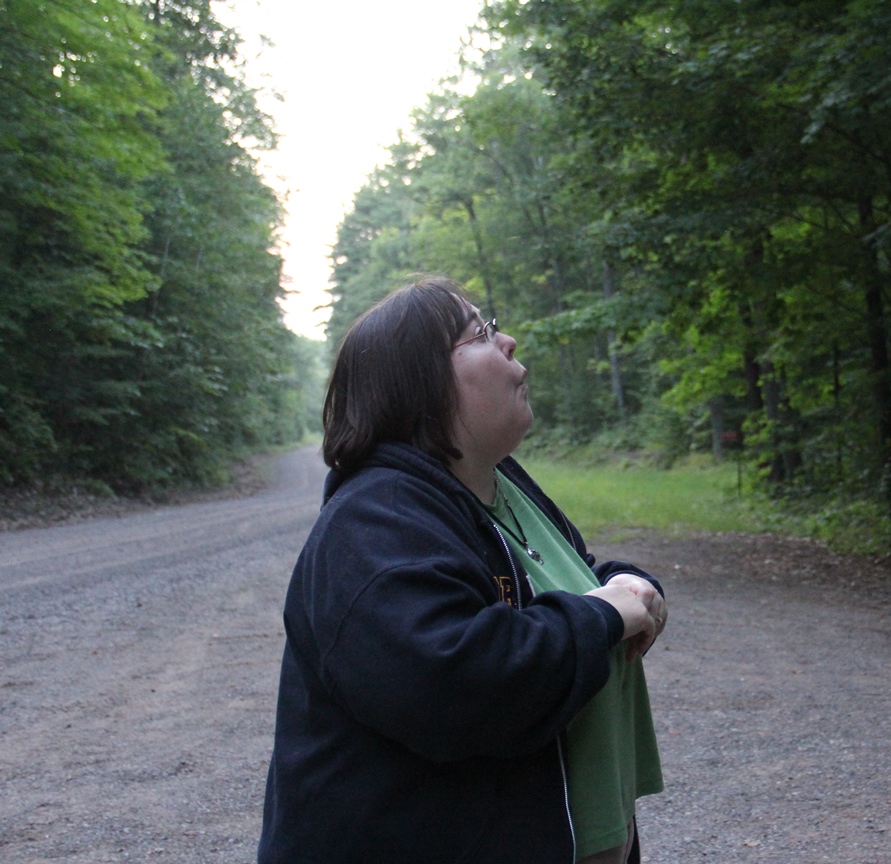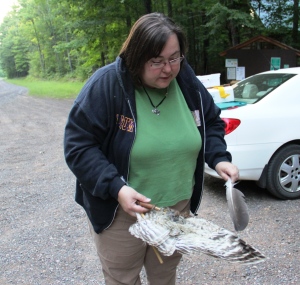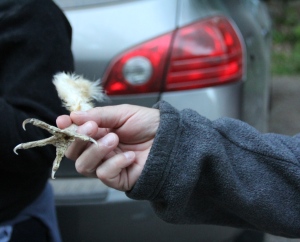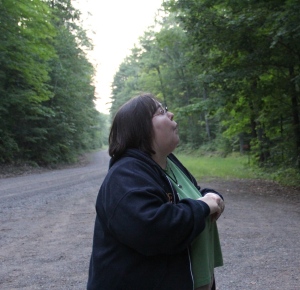Dark chocolate is my downfall. One whiff of the decadent confection, and I sniff and follow the aroma waves like in a cartoon until I find the source. Dark chocolate covered nuts, dark chocolate covered dried cherries, bittersweet chocolate mousse, chocolate fudge cake with fudge frosting—you name it, when I smell it or see it, I cave. Forget the diet right now; I’ll eat salads for the rest of the week. So when I had an opportunity to tour Indiana’s South Bend Chocolate Company factory, of course I didn’t turn it down.
Before taking us into the production area, our tour guide, Chris, nicknamed Captain Crunch, gave us a lesson on where chocolate comes from. It starts with cocoa pods, which are harvested twice a year.
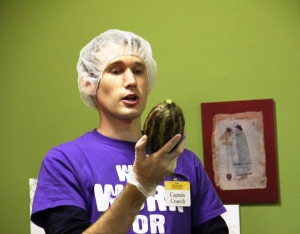 You have to crack the pod to get to the bean inside. There is only one bean per pod. Inside the bean are 20 to 60 cacao nibs, and that’s what’s used to make chocolate.
You have to crack the pod to get to the bean inside. There is only one bean per pod. Inside the bean are 20 to 60 cacao nibs, and that’s what’s used to make chocolate.
Chicago’s Blommer Chocolate Company, North America’s largest cocoa processor and ingredient supplier, turns the cacao nibs into giant, thick chocolate bars, which is what South Bend Chocolate Company starts with in making their candy.
Don’t miss a Midwest Wanderer post. For a FREE subscription, enter your e-mail address in the Subscribe2 box to the left and click Subscribe.
In the factory I was expecting to see the candy speeding past on conveyor belts like on the old I Love Lucy episode where Lucy and Ethel get jobs in a candy factory.
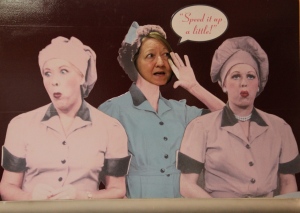 It turns out that production slows down on Saturdays, but the tradeoff to not seeing production in action is more samples. So although we saw the conveyor belts, they were at a standstill with no candy on them. Captain Crunch assured us that the belts don’t move quite as quickly as it did for Lucy and Ethel anyway.
It turns out that production slows down on Saturdays, but the tradeoff to not seeing production in action is more samples. So although we saw the conveyor belts, they were at a standstill with no candy on them. Captain Crunch assured us that the belts don’t move quite as quickly as it did for Lucy and Ethel anyway.
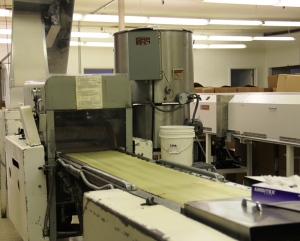 We did see the chocolate enrober that looks like a waterfall, where the candies are coated, as well as the chocolate melter that holds 500 pounds of chocolate.
We did see the chocolate enrober that looks like a waterfall, where the candies are coated, as well as the chocolate melter that holds 500 pounds of chocolate.
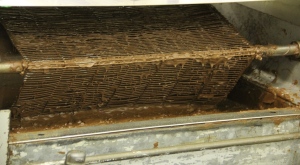 We also saw two varieties of candy waiting for the next process step: fudge and pecan patties (like Turtles).
We also saw two varieties of candy waiting for the next process step: fudge and pecan patties (like Turtles).
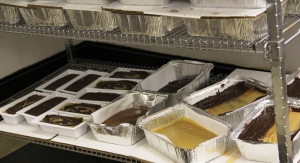
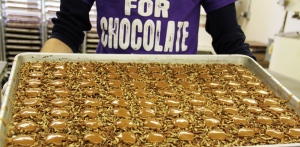 After touring the production area, we were allowed to choose two chocolate samples.
After touring the production area, we were allowed to choose two chocolate samples.
That was the end of the free basic tour. However, we were on the Inside Scoop Tour (fee is $4), so we got an added bonus. We dipped a spoon into chocolate that could be used then to stir a hot beverage.
 While we were waiting for our spoons to cool and harden, we watched an educational but humorous film about chocolate making.
While we were waiting for our spoons to cool and harden, we watched an educational but humorous film about chocolate making.
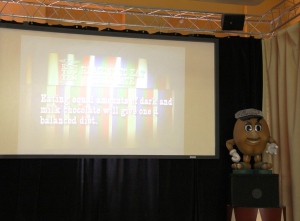 Following the tour, we wandered through the small chocolate museum that includes information about the history of candy, as well nostalgic displays of candy packaging, including Mounds, one of my favorites.
Following the tour, we wandered through the small chocolate museum that includes information about the history of candy, as well nostalgic displays of candy packaging, including Mounds, one of my favorites.
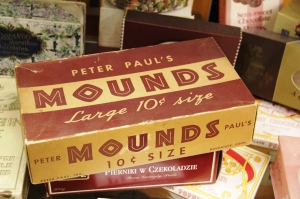 I was surprised to see a display of Frango Mints boxes, the candy that at one time was made in Chicago’s flagship Marshall Field’s store. (The store is now Macy’s, and Macy’s carries Frango Mints under the Marshall Field name.)
I was surprised to see a display of Frango Mints boxes, the candy that at one time was made in Chicago’s flagship Marshall Field’s store. (The store is now Macy’s, and Macy’s carries Frango Mints under the Marshall Field name.)
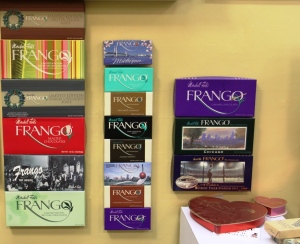 One last stop before leaving: the outlet store, where I stocked up my own stash of chocolate, all dark.
One last stop before leaving: the outlet store, where I stocked up my own stash of chocolate, all dark.
Tour are offered at the South Bend Chocolate Company factory, located at 3300 West Sample Street in South Bend, Indiana, Monday through Saturday. The free basic tour runs 20 minutes; the Inside Scoop Tour is 45 minutes. Check the web site for tour and outlet store hours.
Disclosure: My tour of the South Bend Chocolate Company factory was hosted by Visit South Bend and the South Bend Chocolate Company, but any opinions expressed in this post are my own.
Thank you for reading Midwest Wanderer. Don’t miss a post. Enter your e-mail address below and click Subscribe to be notified whenever I publish another post. Subscription is FREE. After subscribing, be sure to click the link when you get the e-mail asking you to confirm. – Connie
